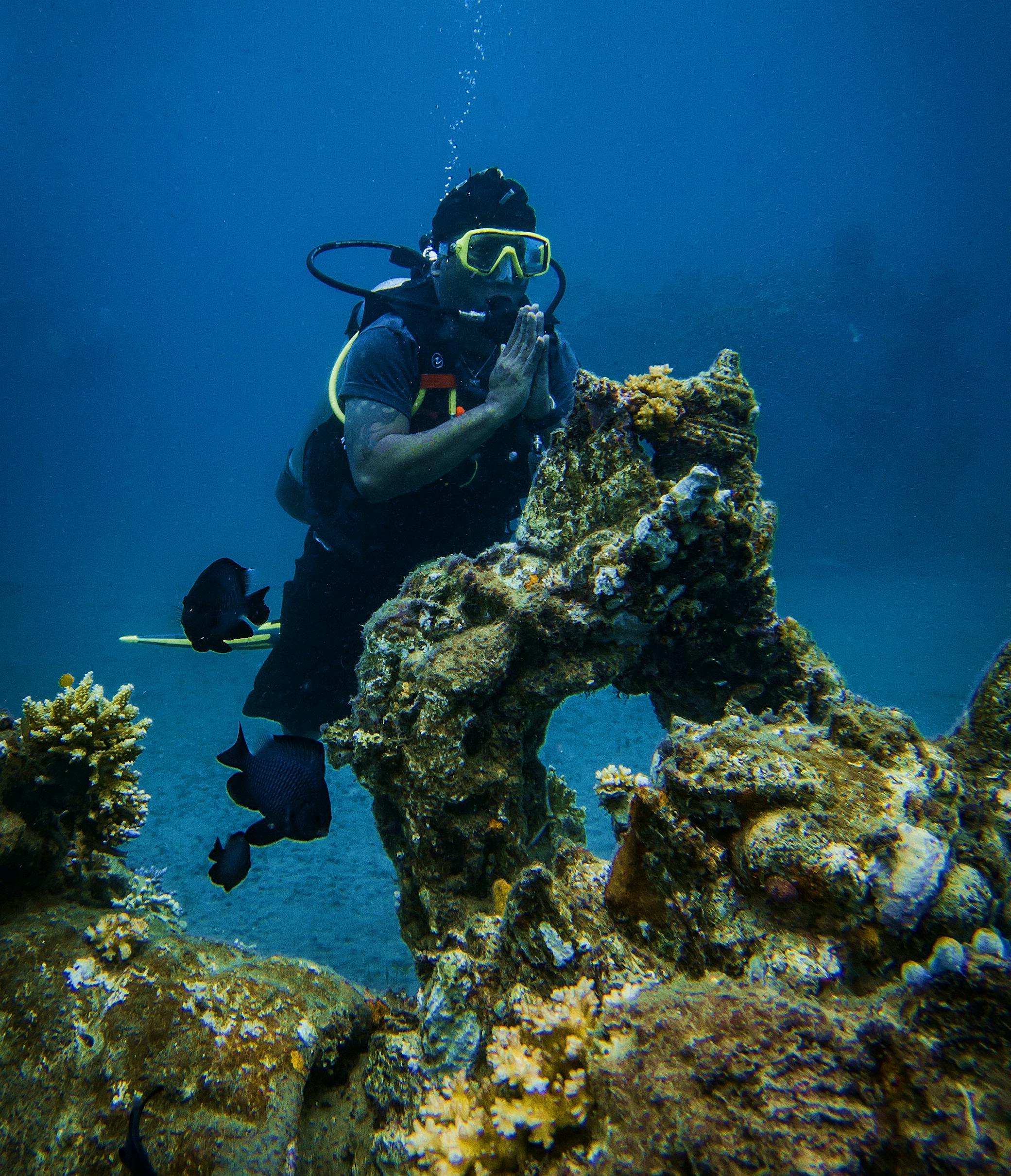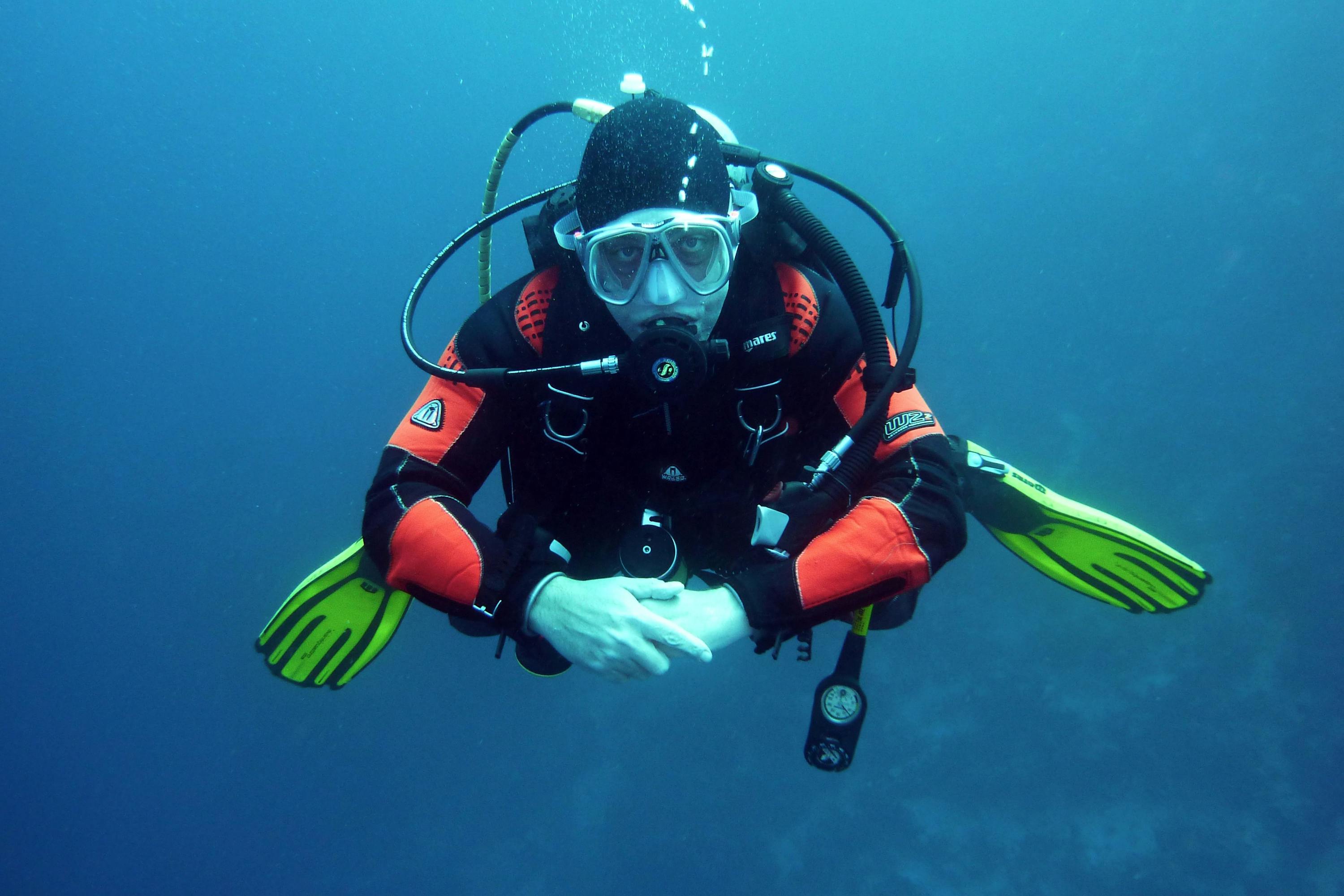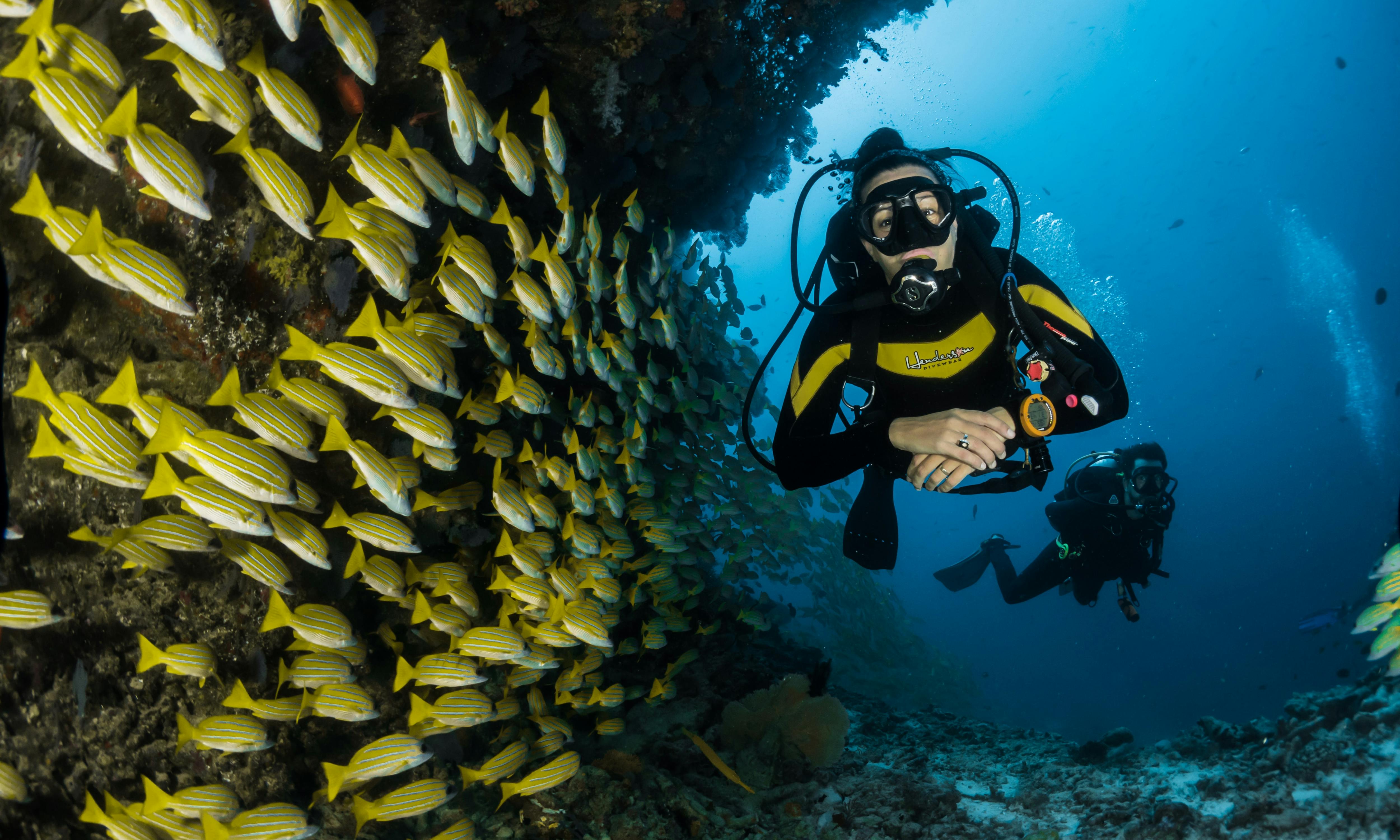Free Shipping on orders of $49+ | Signup for Direct Rewards
Free Shipping on orders of $49+ | Free Store Pickup | Signup for Direct Rewards
Free Shipping on orders of $49+ | Signup for Direct Rewards
Free Shipping on orders of $49+ | Free Store Pickup | Signup for Direct Rewards

Mastering buoyancy control is necessary for any diver who wants to make the most of their underwater experience. Properly manipulating your buoyancy allows you to effortlessly navigate underwater, maintain precise positioning, and conserve energy. There are three different types of buoyancy: positive, negative, and neutral. If something has positive buoyancy it will float on the surface but something with negative buoyancy will sink to the bottom. Neutral buoyancy is the state where the forces of gravity are perfectly balanced. Achieving this underwater will allow you to explore with grace and tranquility while safeguarding delicate marine ecosystems. Mastering buoyancy control is a fundamental aspect of diver safety, enabling proper ascent and descent, preventing air pressure injuries, and minimizing damage to fragile coral reefs and other marine life. Here are some tips that may help you on your way to mastering buoyancy control.
First and foremost, it is important to regulate your breathing. Slow and controlled breaths not only help conserve your oxygen but also help maintain neutral buoyancy. Gradual breaths will keep you relaxed and avoid sudden changes in buoyancy caused by rapid inhalation or exhalation. If you remain still, barely ascending or descending with every breath, you are considered neutrally buoyant.
Next, ensure you are properly weighted for the dive conditions. Ask a divemaster if you are unsure about how much weight you should wear. A simple weight check is done by floating at the surface level with your regulator in your mouth and fully exhaling. You should sink until the water reaches eye level. Experiment with different weights to find the right balance. Remember to log your dives with the equipment and weights you use for future reference. That way you can refer back to it if you forget. You should never sink like a stone when diving. It is completely normal to have to force yourself to be fully submerged. After a few feet of depth, you should feel neutral or slightly negatively buoyant.

It is important to familiarize yourself with your buoyancy control device (BCD). If you are noticeably negatively buoyant you should never hold the inflator button down.

When counteracting negative buoyancy, if you notice that you are descending, you may want to add one or two short bursts of air in your BCD. With each adjustment, be patient and breathe normally to see how your buoyancy has changed. Compare this to balancing a beam on a point. It is important to make small, controlled adjustments to find the perfect balance.
When trying to maintain control over your buoyancy, it is important to adopt a streamlined position. Maintaining a horizontal trim underwater reduces drag and allows for smoother movements. It may help if you pay attention to your surroundings and use visual references. When adjusting your position, you should avoid using your arms. Keep your arms tucked in and avoid flailing or using them for propulsion. Use your legs and fins for controlled movements. Practice different fin kicks as well like frog kicks or modify your flutter kicks.
Maintaining neutral buoyancy underwater will not only have you looking like a pro but it will improve your diving experience. Less energy is exerted when neutrally buoyant which conserves oxygen, resulting in a prolonged dive. Try hovering in place. When properly positioned, arms secured, and gracefully navigating underwater you may be able to observe the delicate sea life from a closer perspective. Flailing your arms and uncontrolled buoyancy can lead to disaster. Not only will you be scaring marine life away but possibly endangering yourself and the nearby ecosystem.
Remember, buoyancy control is a skill that develops with experience and practice. Be patient with yourself, seek guidance from experienced divers or instructors, and continue to refine your buoyancy techniques to enhance your diving adventures.

What does buoyancy mean?
Buoyancy is the ability or tendency to float in liquid or air.
How buoyant are humans?
On average, the human body is just barely lighter than water and therefore positively buoyant.
What are the three types of buoyancy?
Positive buoyancy, negative buoyancy, and neutral buoyancy are the three different types of buoyancy.
How to perform a buoyancy test?
With all your gear and regulator in, once you deflate your BCD, if you are properly weighted, the water level should reach eye level.
What depth do you hit negative buoyancy?
Most humans hit negative buoyancy around 30 feet down.